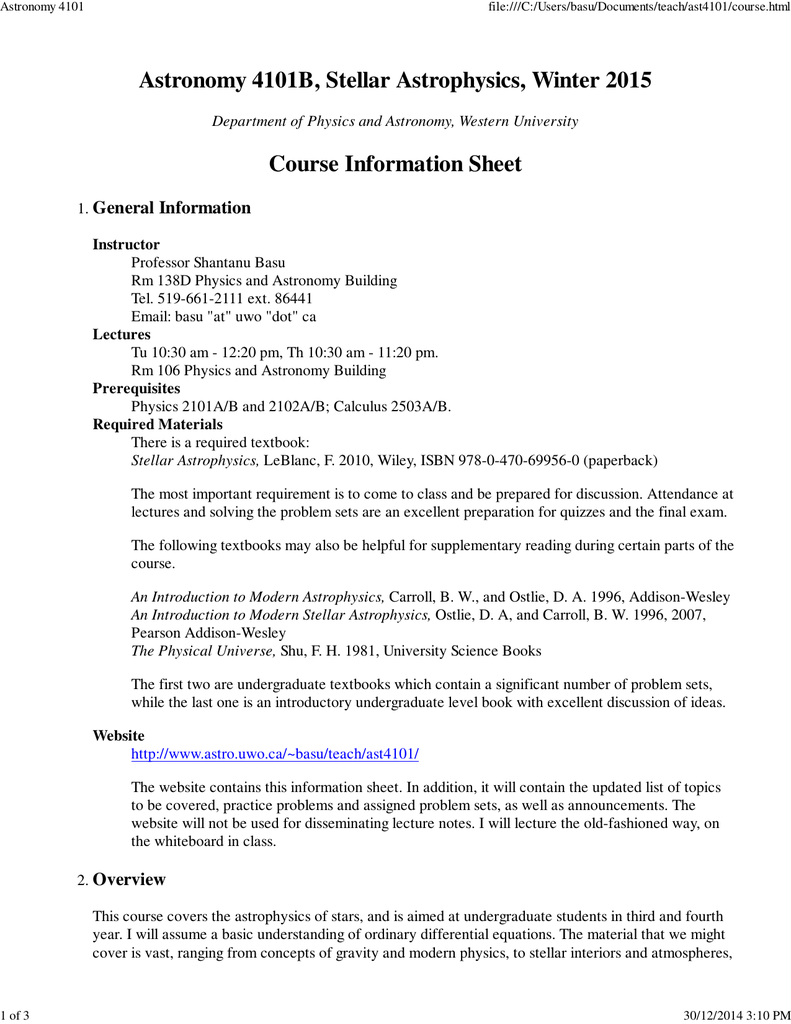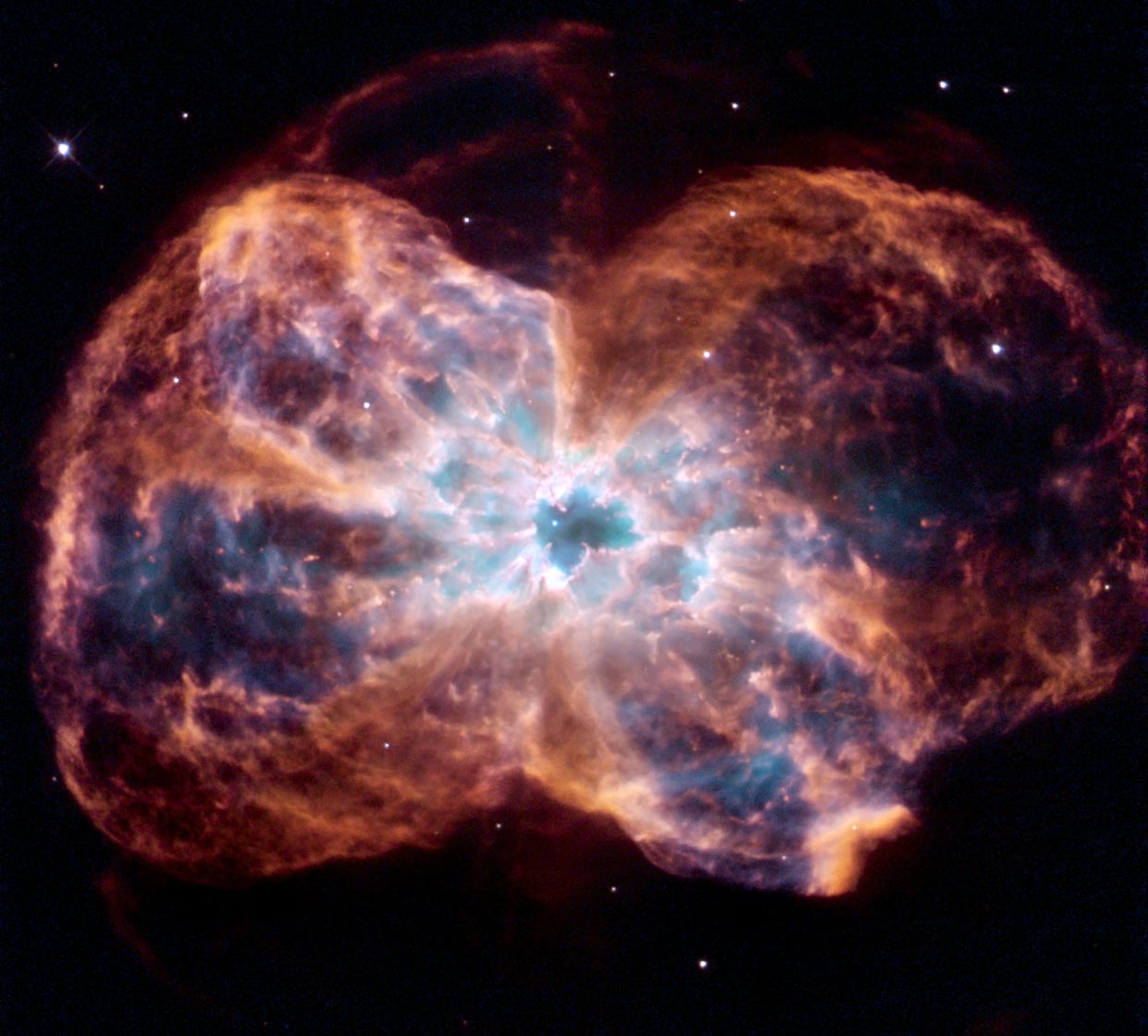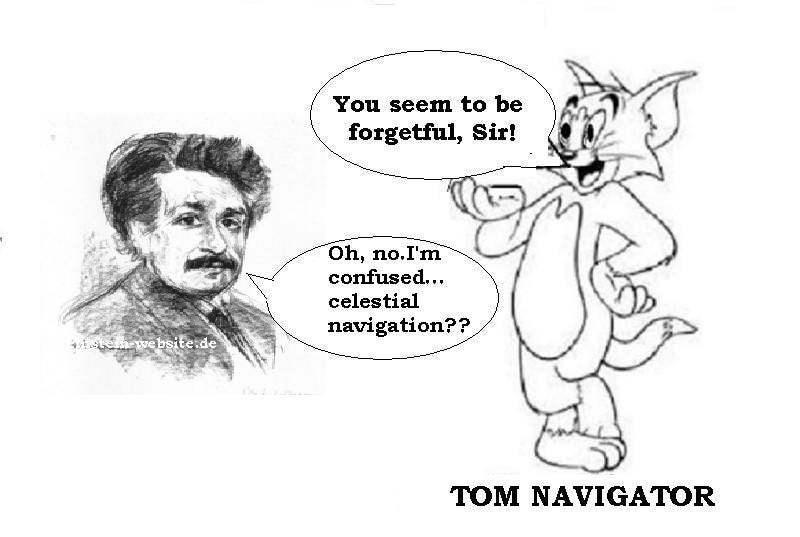

A For an introduction, Carroll & Ostlie's book is very fine. And even later on, the authors do a good job of laying down the foundations (like the theory on waves and optics in chapter 6), which I applaud to. Newtonian mechanics, Kepler's laws, blackbody radiation, special theory of relativity. The first few chapters deal entirely with topics that are (or at least are supposed to be) covered in any undergraduate program. It's suitable for beginners, both in astrophysics and physics in general. moreįor an introduction, Carroll & Ostlie's book is very fine. For additional information and computer codes to be used. * This text also includes a selection of over 500 problems. * This text emphasizes computational physics, including computer problems and on-line programs.

* Up-to-date coverage of current astrophysical discoveries are included.

* In designing a curriculum, instructors can combine core and extended chapters with the optional advanced sections so as to meet their individual goals. * Computer programs included with the text allow students to explore the physics of stars and galaxies. * Two versions of this text are available: An Introduction to Modern Stellar Astrophysics, (Chapters 1-17), and An Introduction to Modern Astrophysics, (Chapters 1-28). The core chapters have been designed for a course in stellar structure and evolution, while the extended chapters provide additional coverage of the solar system, galactic structure, dynamics, evolution, and cosmology. Designed for the junior- level astrophysics course, each topic is approached in the context of the major unresolved questions in astrophysics. The core chapters have been designed for a course in stellar structure and evolution, while the extended ch This exciting new text opens the entire field of modern astrophysics to the reader by using only the basic tools of physics. This exciting new text opens the entire field of modern astrophysics to the reader by using only the basic tools of physics.


 0 kommentar(er)
0 kommentar(er)
